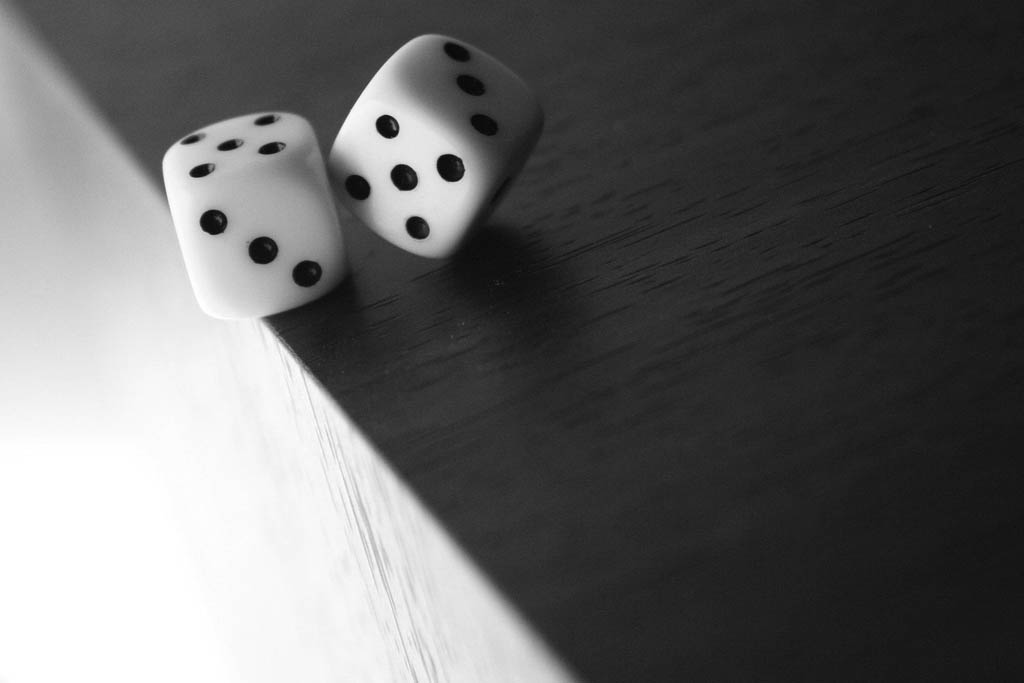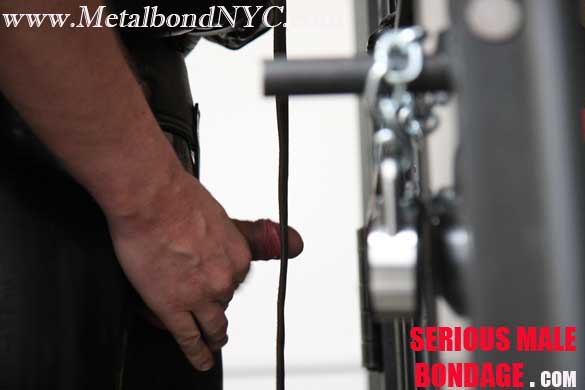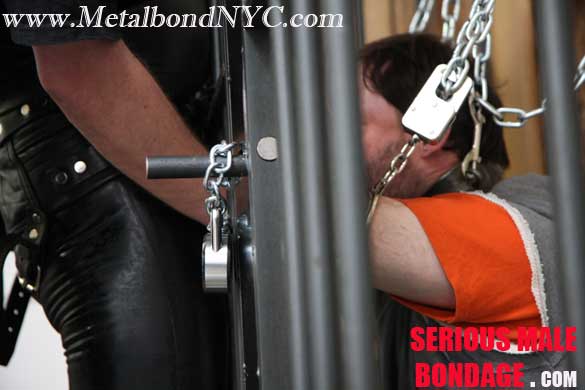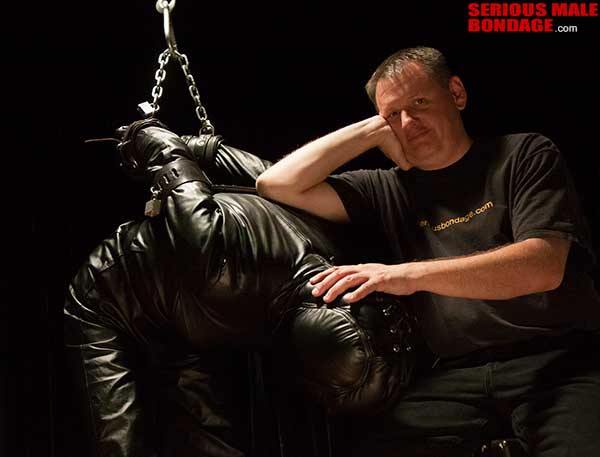Part One: Prisoner rolls one die, with the result of the roll to be as follows:
- Prisoner rolls a 1, his hands are cuffed behind back with a chain running from metal collar to cuffs, and he is locked in a cage or isolation cell.
- Prisoner rolls a 2, his neck is locked to ring in floor with 3 feet of slack.
- Prisoner rolls a 3, his neck is locked to ring in floor with 3 feet of slack and hands are cuffed behind back.
- Prisoner rolls a 4, his neck is bolted to ring in the floor with no slack.
- Prisoner rolls a 5, his neck is bolted to ring in the floor with no slack and his hands are cuffed behind.
- Prisoner rolls a 6, his neck is bolted to ring in the floor and his wrists/ankles are spread eagle, with prisoner on his back.
Part Two, after Prisoner’s bondage is determined with the first roll, prisoner is restrained and then the Captor rolls TWO dice, with the results as follows:
- Total number on both dice equals the number of hours the prisoner stays in the bondage.
- If prisoner rolls a double (i.e. two 2’s or two 5’s) the total number of hours is doubled. For example, if prisoner rolls two 4’s, he spends 16 hours in the bondage (4 plus 4 is 8 hours, which is doubled to 16).
- Prisoner will therefore be subjected to a minimum of three hours (if he rolls a 1 and a 2) to a maximum of 24 hours (if he rolls two 6’s) in bondage.
Part Three, interpretation of rules and consequences
- If prisoner complains or asks for early release, he forfeits all rights to release from the bondage and captors may extend imprisonment time and/or increase the severity of the bondage, at their discretion.
- There is only one way for the prisoner to get out early, and that is for the prisoner to convince the captor or another person to change positions with him and become prisoner.
- If that happens the new captor rolls two dice, which determine the sentence for the new prisoner, which is an additional 3 to 24 hours.













